On board the car of the future: BMW iNEXT Vision
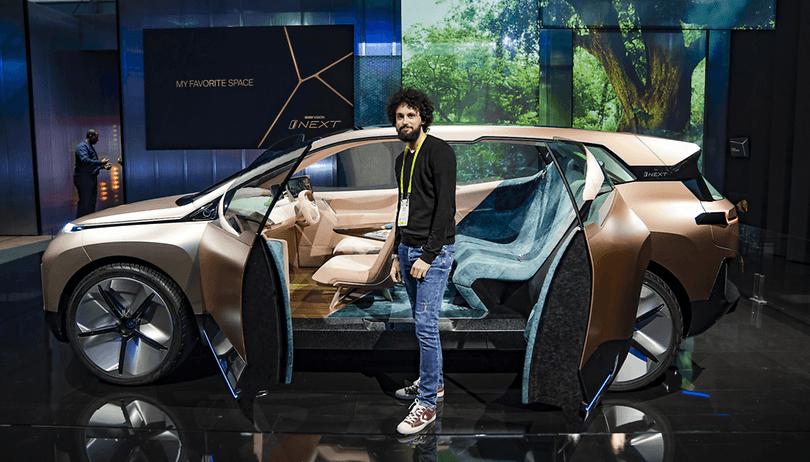

Has the Las Vegas CES become the connected car show? It seems that car manufacturers are increasingly abandoning traditional car shows and are more and more present at tech events instead. On this occasion, the German manufacturer BMW presented its vision of the car of the future and it will necessarily require more connectivity and autonomous driving.
The new automotive revolution is underway
Car manufacturers are at a critical juncture. The new automotive revolution has begun and those who miss its beginning are in danger of quickly disappearing. Fortunately, most players in the automotive world have taken note and already have plans for the future.
While the situation is not perfect for older manufacturers (dieselgate, arrest of Carlos Ghosn, etc.), it is not catastrophic. The financial state of most automotive companies is not worrying, quite the contrary: this stability allows carmakers in particular to look to the future calmly, and CES 2019 is here to prove it.
With a stand that was difficult to miss, BMW took advantage of the event to assure us that we will be able to count on it in the future. The tech show allowed the brand to present its vision for the car of the future, in particular with its BMW Vision iNEXT and the development of its smart assistant called BMW Intelligent Personal Assistant.
Already seen last September during its presentation, the Vision iNEXT was present in Vegas too. However, this time, it was possible to get inside to discover what the BMWs' vision for the future truly holds. A new experience, since the concept is an autonomous and electric car.
On the stand, I was able to undertake a virtual journey with the help of a complex simulation, which mixed augmented reality and virtual reality. I found myself in a futuristic megalopolis in the year 2025.
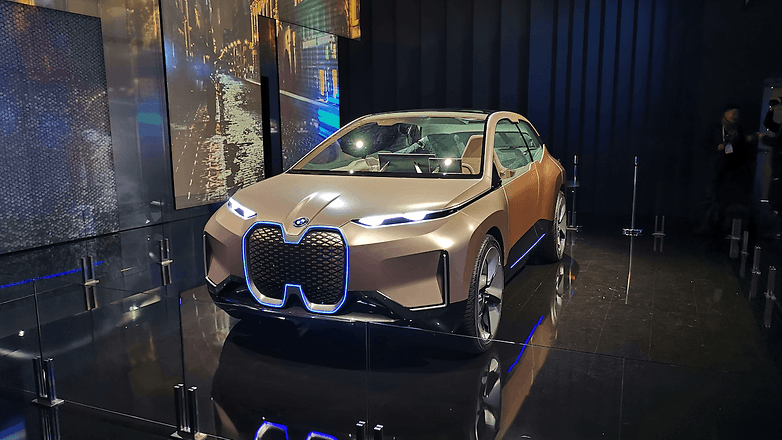
The car of tomorrow will be a place to relax
This Vision model offers a rather classic exterior design. BMW has given the vehicle some modern tweaks here and there, such as doors that open sideways, large glass surfaces and so on. However, this is more of an aesthetic evolution than a revolution.
The opposite applies to the cabin, which is in complete contrast to what we have seen from the brand up to now. Its interior can be, depending on the needs, a place to relax, for entertainment or for work. "We had a different approach on this model. We wanted to increase communication inside the car," explained Olivier Pitrat, BMW's UX design manager. "It is an approach that has allowed us to have the opportunity to completely redesign the car rules to make the car a privileged space."
It's almost like a modern living room on wheels. BMW used a new design principle known as "Shy Tech" to create a cocooning effect. A generous lounge area at the back creates a relaxing atmosphere, and in order to preserve user-friendliness, all on-board technologies are integrated invisibly. It is only when the driver or passenger so wishes that they are highlighted and become usable.
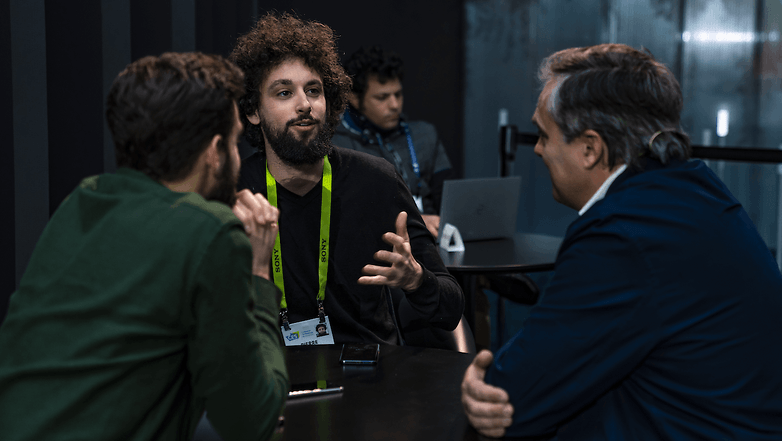
Two ways to drive
As a result of the need for an autonomous car, the space reserved for the driver changes according to your driving style. With BMW Vision iNEXT, the driver can drive in either "Boost" or "Ease" mode. The "Boost" mode is very dynamic, practically silent and emission-free thanks to electric power. In "Ease" mode, the vehicle offers occupants space for a variety of activities.
The first mode is rather conventional, and will delight fans of the brand whose slogan always remains "The pleasure of driving". In the second mode, the dashboard evolves with a steering wheel and pedals that retract, creating a feeling of space and offering a specific display on the touch screen.
My virtual trip gave me a glimpse of the mobility of the future. Better still, we now understand the importance that voice assistants will play in the automotive world. After smartphones and homes, it is now the turn of cars to really experience this revolution.
BMW Intelligent Personal Assistant: the soul of the vehicle
Throughout my virtual journey, we were guided by the BMW Intelligent Personal Assistant. The capabilities of the BMW vehicle and its intelligent personal assistant are designed to create a stress-free mobility experience adapted to each situation.
For example, the personal assistant can help your daily routine become faster. The BMW Intelligent Personal Assistant can offer that the vehicle takes over the driving at certain times, such as on a motorway. Shortly afterwards, a video conference was scheduled and the BMW Intelligent Personal Assistant offered a mode called "Executive Mode", which transformed the car into a mobile office. The windscreen becomes the screen on which the video conference participants are displayed, while the shared documents can be viewed on the control screen.
Same thing if you want to go shopping - the personal assistant guides you step by step and it is possible to track your delivery in real time via drone when you arrive. The BMW Vision iNext screen then displays the progress of the delivery. The assistant can also contact your home to automatically to open your garage when you arrive, or suggest that you watch the start of a football match you didn't want to miss.
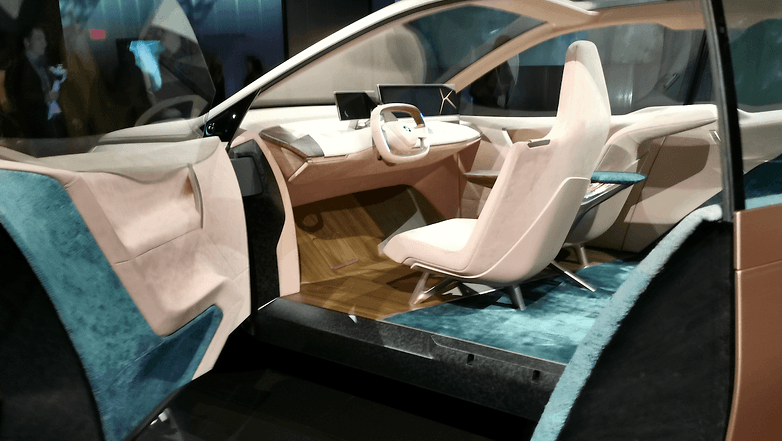
A not so distant future
While this trip was virtual, the real deal is fast approaching. The iNEXT Vision concept will inspire the first iNEXT in 2021, which will be the first in a new family of vehicles with a purely electric motor. All the technologies presented in the vehicle already exist and will be implemented at some point.
Of course, BMW also has the necessary capital to develop such cars. The world's leading manufacturer of premium cars and motorcycles has enjoyed great success in recent years, selling more than 2,463,500 cars and more than 164,000 motorcycles worldwide in 2017. This is enough to look to the future with confidence and not to fear the rise of young manufacturers like Tesla or Byton.
How do you imagine the car of the future? Share your thoughts in the comments.
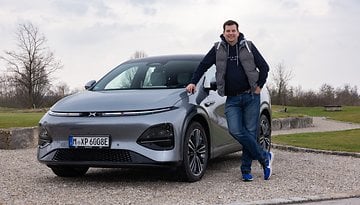
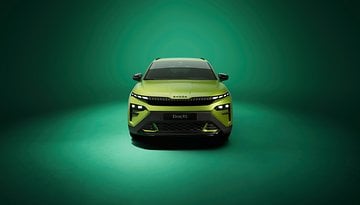

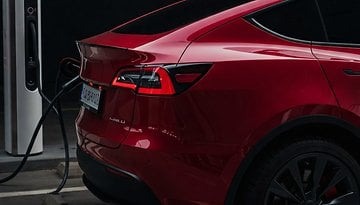
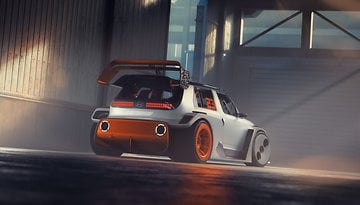









iNOPE